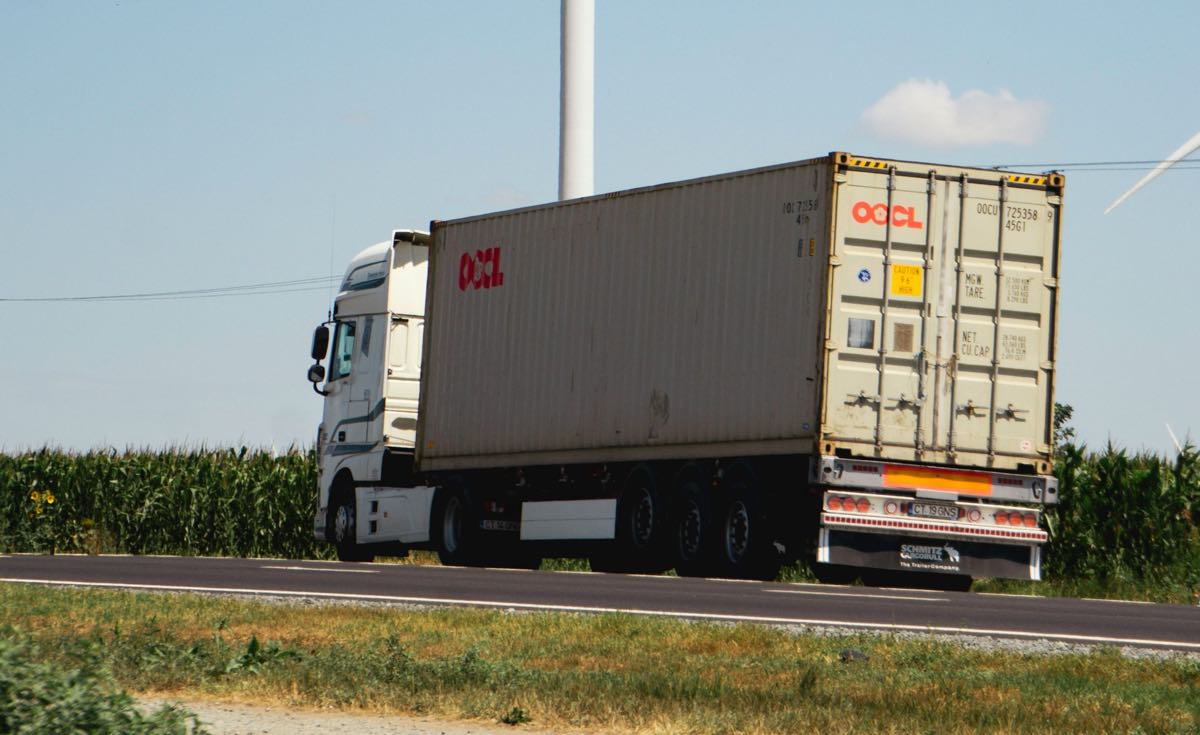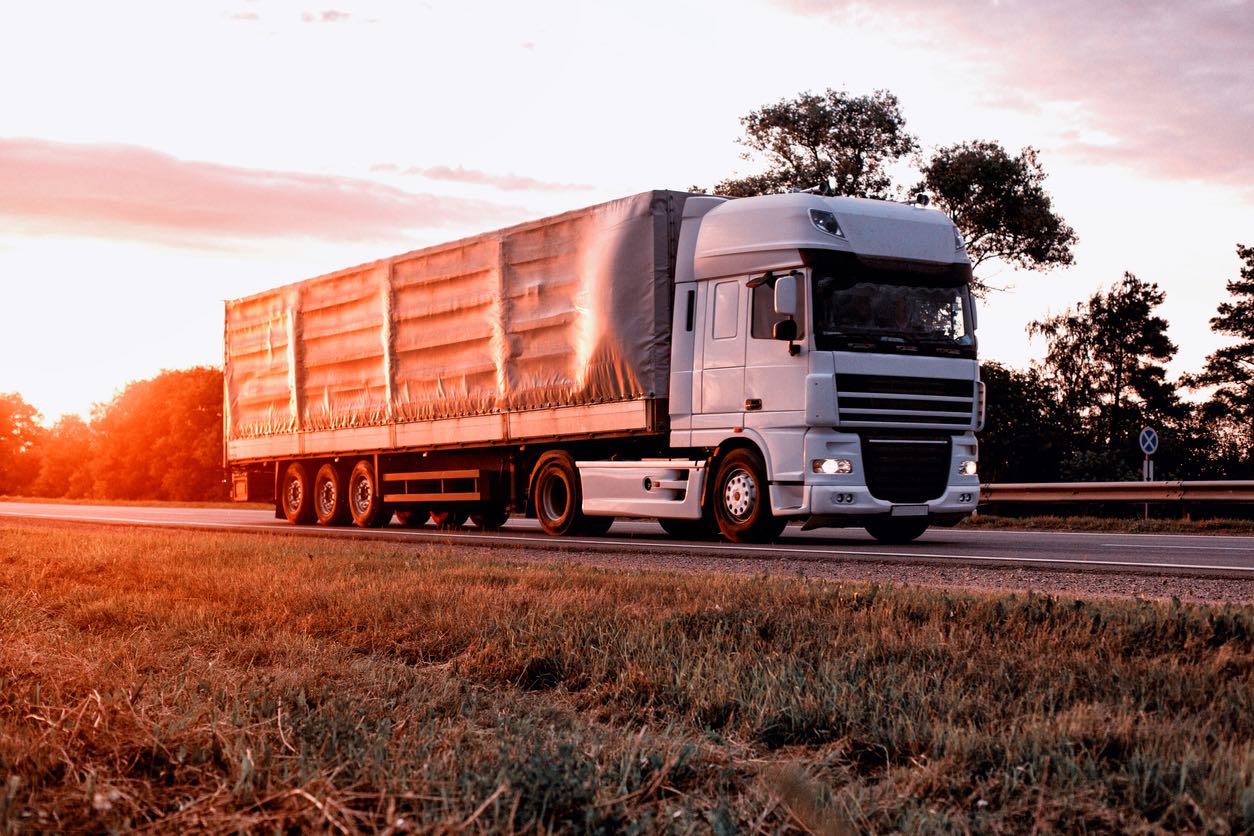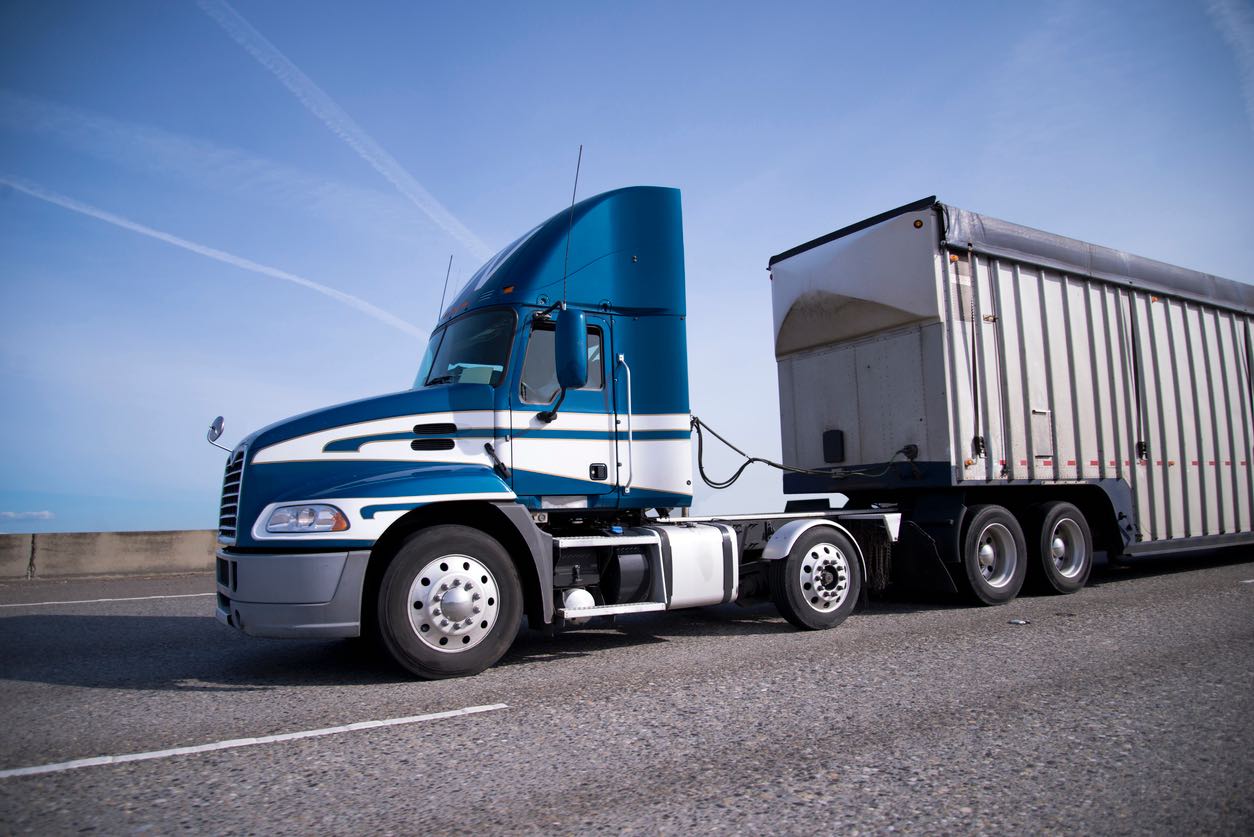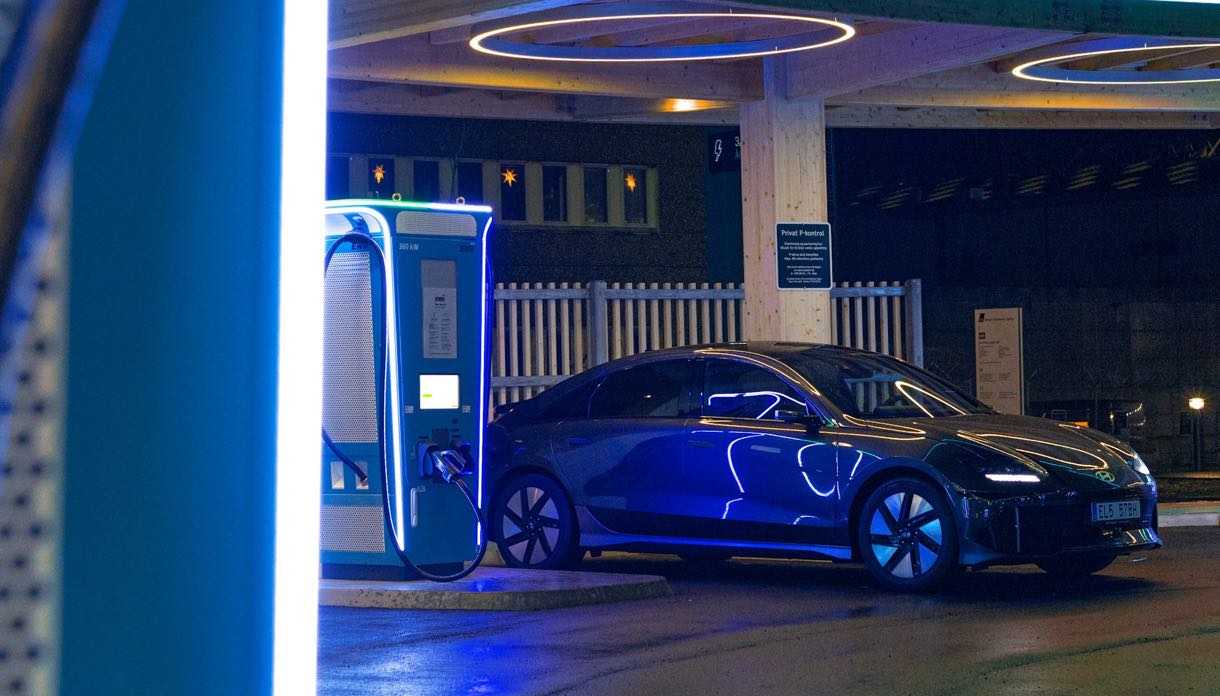There are several locations on the busy roads of the United States that stand out not because of their picturesque vistas or the smooth flow of traffic, but rather because of the renowned congestion that they experience, notably for the freight and trucking industry. A number of locations continue to be at the top of the list due to a mix of strong consumer demand, building projects, and an ever-growing need for infrastructure development, as detailed in the most recent research from the American Transportation Research Institute (ATRI), which shines light on these crucial chokepoints. The primary goals of this blog post are to investigate the results of the ATRI’s Top 100 Truck Bottlenecks list, with a particular emphasis on the consequences for the efficiency of supply chain operations, the impact on the environment, and the future of freight mobility in the United States.
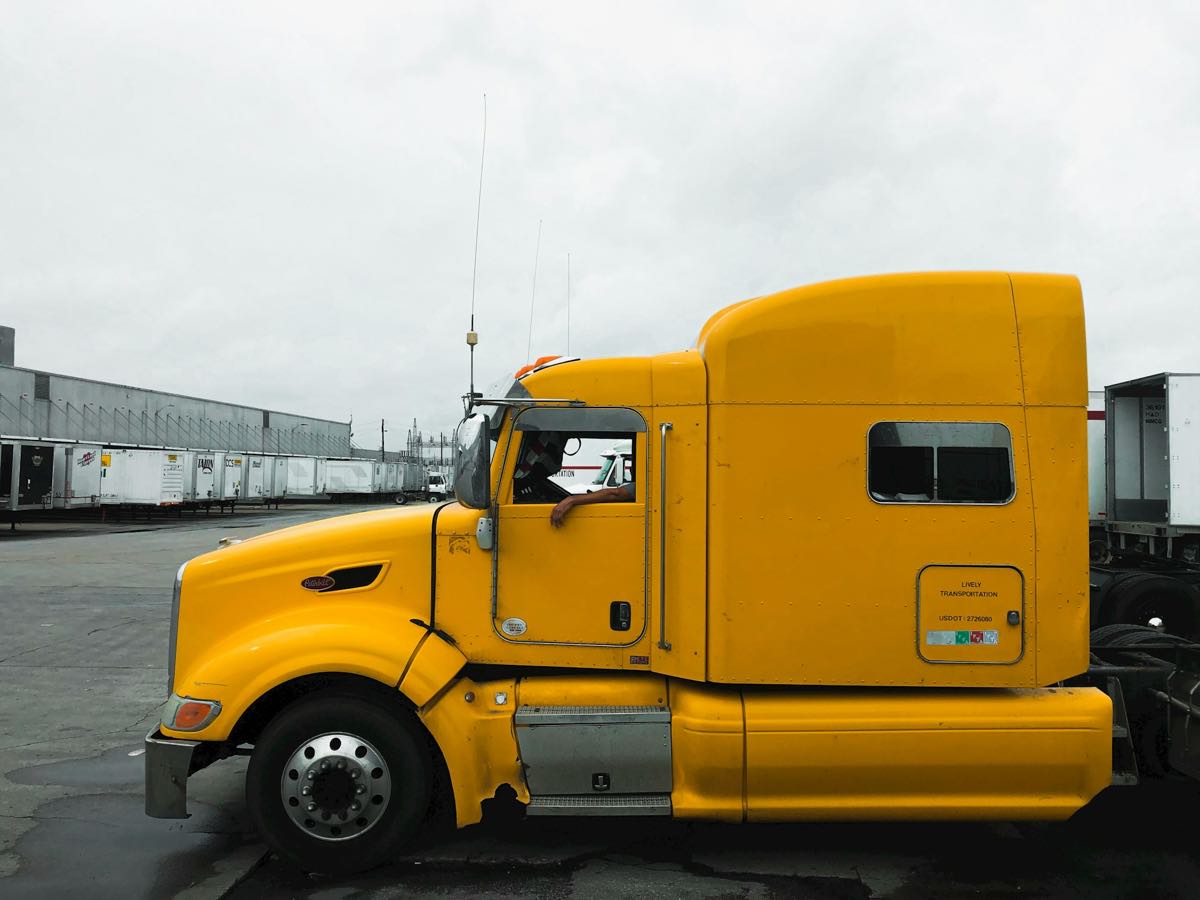
Fort Lee’s Traffic Quagmire Where Interstate 95 and New Jersey Route 4 converge, Fort Lee, New Jersey, continues to be the most congested truck bottleneck in the country. The proximity of this location to Manhattan, along with the enormous demand from consumers and the dense population, produces the ideal conditions for traffic congestion, which impacts not only the local commuters but also the fleet of trucks that operate in this area.
10 Years of Absolute Dominance Fort Lee has been the recipient of this unwanted distinction for more than 10 years, and for the past six years in a row. It is a huge obstacle for freight transportation that continues to exist despite the numerous efforts that have been made to alleviate the congestion. This highlights the difficult task of matching the capacity of the infrastructure with the expanding demand.
A Crisis Caused by Atlanta’s Congestion The metropolitan region of Atlanta is a prominent focus point for truck bottlenecks, since it has three of the spots in the top 10 list. Infrastructure pressure and the effects of ongoing building projects are only two examples of the larger issues that urban freight routes face. The perimeter of Interstate 285, which is notorious for its high traffic, is a prime example of these challenges.
The Urban Traffic Hubs of Chicago and Houston It is important to note that Chicago and Houston each have two interchanges that are included in the top 10, which highlights the fact that big cities serve as crucial yet crowded hubs in the network of freight transportation. Hope is offered by ongoing and proposed infrastructure initiatives in these regions; yet, these projects also provide issues in the short term since development can make the congestion that already exists much worse.
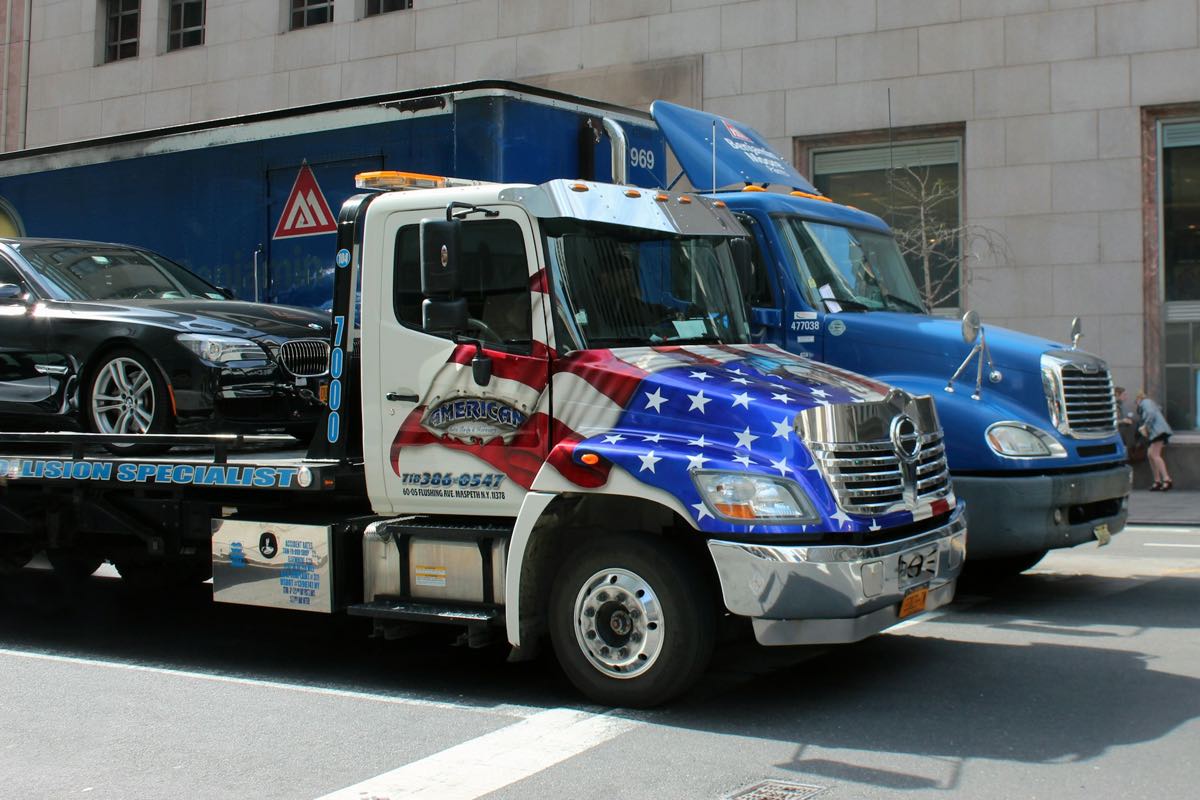
Putting forth the Work Today to Make Tomorrow Simpler As a result of the Infrastructure Investment and Jobs Act, a plethora of construction projects have been initiated with the intention of repairing and improving the roads, bridges, and highways across the country. Despite the fact that these initiatives are necessary for long-term gains, they frequently result in greater congestion in the months and years to come, particularly in areas where work is being done.
The Importance of Striking a Balance When Improving Infrastructure A significant decrease in the average speed of trucks during rush hour is highlighted in the ATRI report. This decrease is a direct result of the construction operations underway. The prospect of future advantages from these initiatives, on the other hand, shows that there is a light at the end of the tunnel for many of the sites that are currently experiencing the most bottlenecks.
The Price Paid for Standing Still On an annual basis, the cost of freight transportation is increased by an incredible $95 billion due to the presence of traffic congestion on the National Highway System. The environmental effect, which includes the excess carbon emissions that are produced by idling engines, contributes greatly to pollution and climate change, which in turn makes this financial burden even more difficult to bear.
Plan for the Advancement of Things The identified constraints in the freight industry provide a clear direction for areas in which infrastructure expenditures should be concentrated. By focusing on these areas, the United States Department of Transportation is able to improve highway safety, lessen its impact on the environment, and make interstate commerce run more smoothly. This highlights the significance of strategic infrastructure planning.

The study on truck bottlenecks that was published by the ATRI in 2023 provides a grim perspective on the current situation of the freight transportation infrastructure in the United States. Although investments in building and infrastructure are essential for long-term benefits, they present substantial problems for the trucking sector and the overall efficiency of supply chain operations in the short term. As we move forward, it is essential to strike a balance between the immediate effects of building and the long-term benefits of a transportation network that is more resilient and efficient.
The landscape of heavy haul transport and car transportation is a difficult one, but Ship A Car, Inc. shines as a light of reliability in this challenging environment. Given the fact that it is licensed by both the FMCSA and the DOT and that it has received an A+ rating from the Better Business Bureau, this company is the epitome of excellence in the transportation industry. Those who are looking for shipping services that are unsurpassed across the country may take advantage of Ship A Car, Inc.’s hassle-free and streamlined experience, which is further enhanced by the knowledge of transport coordinators who are committed to their work. In order to begin on your next shipping journey with complete assurance, please contact us at (866) 821-4555.
Visit the website of the American Transportation Research Institute (ATRI), truckingresearch.org, to have access to the whole study, which includes statistics on each of the top 100 most congested sites.
Q: Why is Fort Lee, NJ, consistently the top truck bottleneck in the nation?
A: Fort Lee’s location, which is near to Manhattan, along with strong consumer demand and intense traffic, provides the ideal storm for congestion, which is why it continues to be a bottleneck.
Q: How does construction impact truck speeds and congestion?
A: Construction projects, despite the fact that they are essential for the long-term improvement of infrastructure, frequently result in decreased truck speeds and increased congestion, particularly in construction zones with heavy traffic.
Q: What are the economic and environmental costs of these bottlenecks?
A: 69 million metric tons of additional carbon emissions are produced as a result of traffic congestion, which highlights the necessity of strategic infrastructure investment. The yearly cost of freight transportation is increased by $95 billion due to traffic congestion.
